Modern Cloth Nappies in 2023: Your Ultimate Guide to Cost-Effective and Eco-Friendly Cloth Nappies
Modern cloth nappies have gained popularity in recent years as society continues to move towards more environmentally friendly and sustainable solutions. These reusable nappies are becoming increasingly popular in 2023 because they give parents a more economical and environmentally responsible option. Everything you need to know about contemporary cloth nappies in 2023, from their advantages and types to the best practises and advice for using and caring for them, will be covered here.
At Mimi and Co, we take our responsibility to provide accurate and trustworthy information about modern cloth nappies very seriously. To that end, we have carefully researched and cited all of the information presented in this post from reputable sources in the cloth nappy industry. Our goal is to provide clear and evidence-based information that you can trust.
We understand that when it comes to making decisions about your child's health and wellbeing, trust is key. That's why we strive to provide clear and accurate information that you can rely on. If you have any questions or concerns about the information presented in this post, please don't hesitate to reach out to us directly. We are always happy to provide further information and clarification.
Environmental Impacts of Disposable Nappies
Disposable nappies, also known as diapers, have a significant impact on the environment due to the large amount of waste they produce and their contribution to landfills and greenhouse gas emissions.
Waste produced:
Disposable nappies are made of plastic and synthetic materials, which do not decompose easily. As a result, they create a large amount of waste. In fact, according to the Environmental Protection Agency (EPA), disposable nappies account for 3.5 million tons of waste in landfills each year in the United States alone.
Contribution to landfills:
Disposable nappies are a significant contributor to landfills. Once in a landfill, they do not break down easily due to their synthetic material composition. This means that they can take hundreds of years to decompose, contributing to the buildup of waste in landfills.
Greenhouse gas emissions:
Disposable nappies also contribute to greenhouse gas emissions. According to a study by the UK Environment Agency, disposable nappies generate up to 550 times more carbon dioxide equivalents per nappy than reusable cloth nappies. This is due to the manufacturing process of disposable nappies, as well as the transportation and disposal of them.
Other environmental impacts:
In addition to waste production and greenhouse gas emissions, disposable nappies also have other environmental impacts. For example, the manufacturing process of disposable nappies requires significant amounts of water and energy, contributing to water and energy usage. Furthermore, the production of the plastic and synthetic materials used in disposable nappies contributes to the depletion of natural resources.
Alternatives:
One way to reduce the environmental impact of disposable nappies is to switch to reusable cloth nappies. Reusable cloth nappies can be washed and reused, reducing waste and greenhouse gas emissions. Additionally, some companies now offer compostable disposable nappies, which are made from biodegradable materials and break down more easily than traditional disposable nappies.
Disposable nappies have a significant environmental impact, contributing to waste production, landfills, greenhouse gas emissions, water and energy usage, and the depletion of natural resources. Switching to reusable cloth nappies or compostable disposable nappies can help reduce these impacts.
Modern Cloth Nappies
Modern cloth nappies are a type of reusable nappy that can be used on babies and toddlers. They are made from various materials such as cotton, bamboo, and hemp, and come in different shapes, sizes, and styles. Modern cloth nappies have evolved over the years to become more user-friendly, durable, and stylish. The demand for modern cloth nappies is increasing in 2023, as more parents are choosing eco-friendly and cost-effective options for their babies.
There are different types of modern cloth nappies, including:
Flat Nappies:

These are a traditional type of cloth nappy that is flat and requires folding before use. They are often made from cotton, bamboo, or hemp, and can be fastened with pins, snappis, or nappy fasteners or even velcro.
Pictured above are Preflat Nappies which are available in OSFM or Newborn
Fitted Nappies:

These nappies are shaped to fit the baby's body and come with elasticated legs and waist. They have various layers for absorbency, and they fasten with snaps, hook-and-loop, or poppers.
Pictured above are Bamboo Cotton Fitted Nappies which are available in OSFM or Newborn
Pocket Nappies:

These nappies have a waterproof outer layer and a soft inner layer with a pocket where the absorbent insert is placed. They can be adjusted for size and fasten with snaps or hook-and-loop.
Pictured above is our Originals 2.0 Pocket Modern Cloth Nappy which fit from 2kg - 20kg
All-in-One Nappies:

These are the easiest type of cloth nappies to use as they have an absorbent layer and a waterproof layer sewn together. They are similar to disposable nappies, but they are washable and reusable.
Pictured above is our Mighty Minky Night Nappies which are available in an array a different absorbency options
All-in-Two Nappies:

These nappies have a waterproof shell and snap-in absorbent inserts. They can be used with different types of inserts depending on the baby's needs.
Pictured above is our Limitless Wipeable wrap
Benefits of Modern Cloth Nappies
Modern cloth nappies have several benefits, including:
Cost-effective:
While the initial cost of purchasing cloth nappies may be higher than disposable nappies, they save money in the long run as they are reusable.
Eco-friendly:
Cloth nappies are better for the environment as they reduce waste and don't end up in landfills. They also have a lower carbon footprint compared to disposable nappies.
Chemical-free:
Modern cloth nappies are free from harmful chemicals such as dioxins, phthalates, and fragrances, which are present in disposable nappies.
Comfortable for baby:
Cloth nappies are made from natural and breathable materials, which are gentle on the baby's skin and reduce the risk of diaper rash.
Easy to use:
Modern cloth nappies are easy to use and can be adjusted to fit the baby's body. They also come in different styles to suit different preferences and needs.
How to Use Modern Cloth Nappies
How to Use Modern Cloth Nappies Using modern cloth nappies is easy once you get the hang of it.
Here are some tips for using cloth nappies:
Preparing the nappies:
Wash the nappies before use to improve absorbency. Check the manufacturer's instructions for specific washing guidelines.
How to fit the nappy on your baby:
Ensure the nappy fits snugly but not too tightly around the waist and legs. Adjust the snaps or hook-and-loop to achieve a good fit.
How often to change the nappy:
Change the nappy every 2-3 hours or more frequently if it becomes soiled or wet. Use a liner if desired to make clean-up easier.
Night-time nappies:
Use a more absorbent nappy and insert at night, and ensure a good fit to avoid leaks.
Types of Modern Cloth Nappies
There are several types of modern cloth nappies available in the market.
Here are some of the popular types:
Pocket Nappies -
These nappies have a waterproof outer layer and a soft, absorbent inner layer that wicks moisture away from the baby's skin. A pocket is created between the two layers where an absorbent insert can be placed. This design makes it easy to customize the absorbency level of the nappy.
All-in-One (AIO) Nappies -
In terms of convenience, these nappies are the ones that are closest to disposable nappies. They feature a waterproof outer layer with an absorbent layer stitched within. They are a well-liked option for working parents because they are simple to put on and take off.
All-in-Two (AI2) Nappies -
These nappies contain an outer layer that is waterproof and an absorbent insert that snaps in. They are more affordable than AIO nappies since the insert can be changed as needed and the outer layer may be reused.
Fitted Nappies -
Fitted nappies include elastic at the waist and legs to provide a close fit. They must be worn over with an additional waterproof cover. Fitted nappies are a wonderful choice for heavy wetters since they are incredibly absorbent.
Prefold Nappies -
These nappies are made of multiple layers of cotton and are folded into a rectangular shape before being placed inside a waterproof cover. They are a cost-effective option and can be used as an insert in other types of nappies.
Flat Nappies -
These nappies are made of a single layer of fabric and require folding into the desired shape before being placed inside a waterproof cover. They are a budget-friendly option and are easy to clean.
Types of Materials Used in Modern Cloth Nappies
Modern cloth nappies are made of different materials, each with its unique characteristics that impact absorbency, durability, and comfort for babies. Here is a breakdown of some of the most common materials used in cloth nappies:
Cotton:
Cotton is a natural and breathable fabric that is commonly used in cloth nappies. It is absorbent and soft, making it comfortable for babies. However, cotton nappies may not be as durable as some synthetic materials and may require more frequent washing.
Bamboo:
Bamboo is another natural material used in cloth nappies. It is highly absorbent and soft, making it a popular choice for nappies. Additionally, bamboo is hypoallergenic, making it suitable for babies with sensitive skin. However, it may not be as durable as some synthetic materials and may require special care during washing to maintain its absorbency.
Hemp:
Hemp is a natural and sustainable material used in cloth nappies. It is highly absorbent and durable, making it a good choice for heavy wetters. Additionally, it is naturally antimicrobial and hypoallergenic, making it suitable for babies with sensitive skin. However, it may feel rough or stiff when new, requiring multiple washes to soften it.
Microfiber:
Microfiber is a synthetic material made of polyester and polyamide. It is highly absorbent and quick-drying, making it a popular choice for cloth nappies. Additionally, it is durable and can withstand frequent washing. However, microfiber nappies may not be as breathable as natural materials and can cause skin irritation if not changed frequently.
PUL (Polyurethane Laminate):
PUL is a waterproof material that is commonly used as the outer layer of cloth nappies. It is a synthetic material made of polyester and has a thin layer of polyurethane laminate to make it waterproof. PUL is durable and easy to clean, making it a popular choice for parents. However, it may not be as breathable as natural materials and can cause skin irritation if not changed frequently.
In summary, choosing the best material for cloth nappies depends on factors such as absorbency, durability, comfort, and sustainability. A combination of materials is often used in cloth nappies to provide a balance of absorbency, waterproofing, and comfort for babies. It is important to consider your baby's individual needs and preferences when selecting the best material for your cloth nappies.
How to Use your Modern Cloth Nappies
Using modern cloth nappies may seem daunting at first, but with a bit of practice and guidance, it can become a straightforward and convenient routine. Here are some step-by-step instructions on how to use modern cloth nappies:
-
Prepping your nappies: Before you start using your new cloth nappies, it's important to prep them first. This involves washing them a few times to remove any manufacturing residues, increase absorbency, and soften the fabric. Most cloth nappies come with specific washing instructions, so make sure to follow them carefully. In general, it's recommended to wash new nappies at least three times before use.
-
Fitting the nappy: To fit a cloth nappy, start by placing a liner (disposable or reusable) on the nappy. Then, place the nappy under your baby with the back of the nappy aligned with their back. Make sure the top of the back of the nappy is higher than the baby's belly button. Then, bring the front of the nappy up and secure it with snaps or hook and loop fasteners. The fit should be snug but not too tight, with enough space for one or two fingers to fit between the nappy and your baby's skin.
-
Adding boosters: For heavy wetters or overnight use, you may need to add boosters to your nappy. Boosters are extra absorbent layers that can be inserted between the nappy and the liner. There are different types of boosters, including prefolds, inserts, and pads. Follow the manufacturer's instructions on how to insert and use boosters with your specific nappy.
-
Changing the nappy: Cloth nappies should be changed every 2-3 hours, or more often if your baby is a heavy wetter or has soiled the nappy. To change the nappy, remove the booster (if used), unsnap or unfasten the front of the nappy, and carefully lift the nappy away from your baby. If the nappy is soiled, remove any solid waste and flush it down the toilet. If the nappy is wet or has a light soiling, simply place it in a dry pail or wet bag until washing.
-
Washing and Drying: When it's time to wash your cloth nappies, start by removing any solid waste from the nappies and liners. Then, place them in a dry pail or wet bag until you're ready to wash them. When it's time to wash, follow the manufacturer's instructions on how to wash and dry your nappies. In general, it's recommended to use a cloth diaper-safe detergent, avoid fabric softeners and bleach, and wash at a temperature of 60°C or below.
To dry your nappies, you can line dry them outdoors or use a dryer on a low to medium heat setting. Avoid high heat, as it can damage the elastic and waterproofing materials of the nappies.
In summary, using modern cloth nappies involves prepping your nappies, fitting them correctly, adding boosters as needed, changing them regularly, and washing and drying them properly. With a bit of practice and patience, using cloth nappies can become a simple and rewarding experience for both you and your baby.
How to Clean and Care for Modern Cloth Nappies
Proper cleaning and care are essential for modern cloth nappies to ensure they remain in good condition and continue to provide optimum performance.
Here are some tips for cleaning and caring for modern cloth nappies:
Pre-wash the nappies before using them for the first time to remove any manufacturing residues.
Store the used nappies in a dry pail until ready to wash.
Wash the nappies in a machine using a detergent specifically designed for cloth nappies.
Avoid using fabric softeners, bleach, or other harsh chemicals as they can damage the nappies and reduce their absorbency.
Hang the nappies to dry or tumble dry on low heat. Avoid exposing them to direct sunlight as it can fade the colors and damage the fabric.
Check the nappies regularly for signs of wear and tear and replace them as needed to ensure optimum performance.
Modern cloth nappies offer a sustainable and cost-effective option for parents looking to reduce their environmental impact while providing the best for their babies. With the different types and benefits of modern cloth nappies discussed in this guide, we hope that you will find the information you need to make an informed decision about using cloth nappies for your little one. Remember, with proper use and maintenance, modern cloth nappies can last for years, providing a long-term solution for both your wallet and the planet.
Disadvantages of Modern Cloth Nappies
Here are some potential disadvantages of using cloth nappies along with practical solutions:
Initial cost:
The upfront cost of buying cloth nappies can be expensive. Depending on the type and brand, the cost can be several hundred dollars.
Consider buying second-hand nappies or starting with a smaller quantity of nappies to spread the cost out. Many cloth nappy brands also offer payment plans, so you can pay in installments.
Extra laundry:
Using cloth nappies can result in extra laundry, which can be time-consuming and use additional water and energy.
Use a nappy liner to catch solid waste and prevent staining, and only wash the liners and soiled nappies. This can reduce the amount of laundry needed. You can also opt for a nappy laundry service, which will collect your dirty nappies and deliver clean ones.
Inconvenience while on-the-go:
Carrying around dirty cloth nappies can be a hassle when you're out and about.
Invest in a waterproof wet bag to store soiled nappies when you're away from home. You can also consider carrying disposable liners and nappies for when you're on the go.
Requires more frequent changes:
Cloth nappies need to be changed more frequently than disposable nappies, as they do not have the same level of absorbency.
Be prepared with extra nappies and plan for more frequent changes. You can also try using nappies with higher absorbency or boosting the absorbency with additional inserts or boosters.
Overall, while cloth nappies may have some initial drawbacks, they offer long-term cost savings, reduce waste, and are more environmentally friendly than disposable nappies. With the right strategies and mindset, cloth nappies can be a practical and effective choice for many families.
Frequently Asked Questions
How do I choose the right size of cloth nappy for my baby?
The size of the nappy depends on your baby's weight and age. Most nappy brands provide a size chart to help you choose the right size.
Do I need to use a liner with modern cloth nappies?
It's not necessary, but many parents find liners helpful for easy clean-up.
Are modern cloth nappies more expensive than disposable nappies?
Initially, cloth nappies can be more expensive, but in the long run, they save money as they are reusable.
How do I deal with leaks?
Leaks can be caused by improper fit, over-soaking or using the wrong detergent. Adjusting the fit, changing the nappy more frequently, and using the right detergent can help prevent leaks.
How do I store used cloth nappies when I'm out and about?
Many nappy brands offer wet bags, which are waterproof and can be used to store used nappies when out and about.
Aami, the founder of Mimi and Co, is a leading expert in the field of modern cloth nappies. With years of experience using cloth nappies with her own children, Aami has a wealth of knowledge to share on the proper care and use of modern cloth nappies. In addition to her personal experience, Aami holds a degree in textile design and keeps up to date in the proper use and care of cloth nappies. Her commitment to quality and safety is reflected in the high standards of Mimi and Co's modern cloth nappies, which are designed and manufactured in accordance with industry best practices.
But don't just take our word for it - here are some testimonials from satisfied Mimi and Co customers:
"I absolutely love the Mimi and Co modern cloth nappies! They are so soft and comfortable for my baby, and they are incredibly easy to use and care for."
"I have tried a number of different cloth nappy brands, and Mimi and Co is by far my favorite. The quality and attention to detail is unmatched."
"I was hesitant to try cloth nappies at first, but Aami's expertise and guidance helped me feel confident in my decision. I am so glad I made the switch!"
In addition to these testimonials, Mimi and Co is a proud member of the Australian Nappy Association, which is dedicated to promoting the use of cloth nappies and supporting cloth nappy businesses in Australia. By partnering with this organization, Mimi and Co is demonstrating its commitment to industry standards and best practices, and is establishing itself as a trusted and authoritative source of information on modern cloth nappies.
As the founder of Mimi and Co, Aami has extensive experience using cloth nappies with her own children. She understands the ins and outs of using and caring for modern cloth nappies and has a wealth of knowledge to share.
In addition to her personal experience, Aami continus to research proper use and care of cloth nappies, and is a member of a professional network of cloth nappy experts. Her expertise in the field ensures that you are getting the most accurate and up-to-date information on modern cloth nappies.


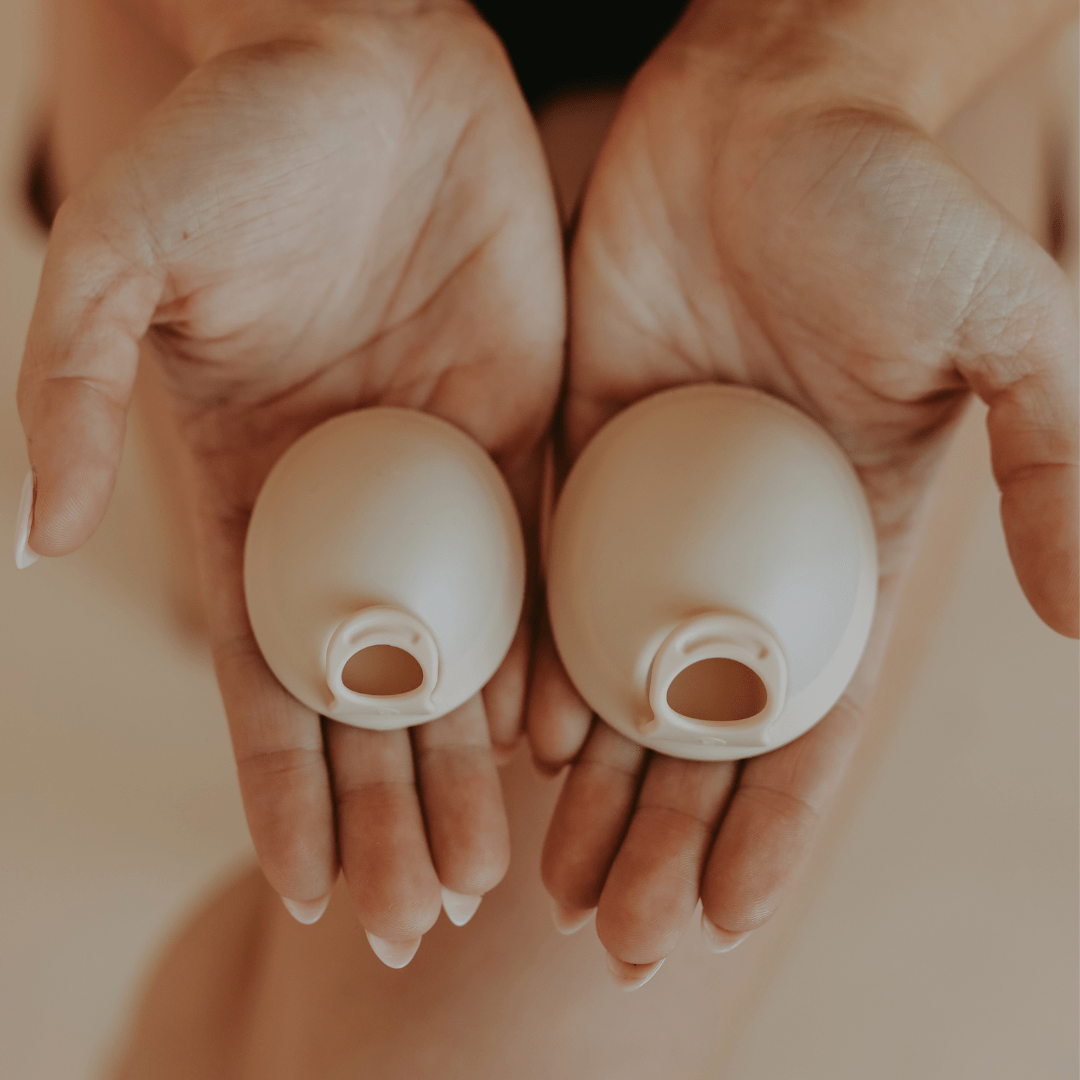
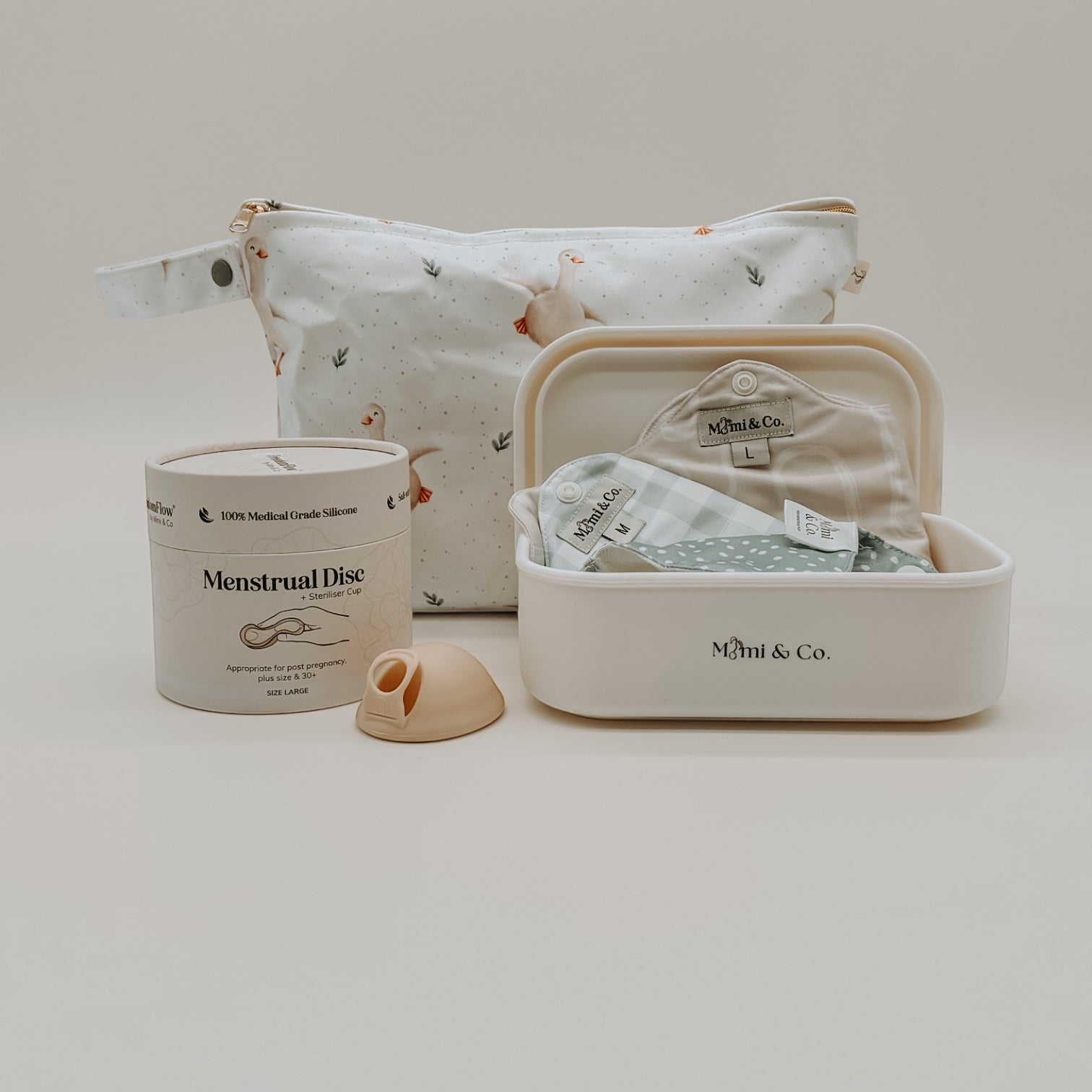
![Reusable Mimi® Menstrual Underwear [Shipping 31/9] - Mimi & Co](http://mimiandco.com.au/cdn/shop/files/reusable-mimi-menstrual-underwear-shipping-319-6508918.png?v=1759809525)

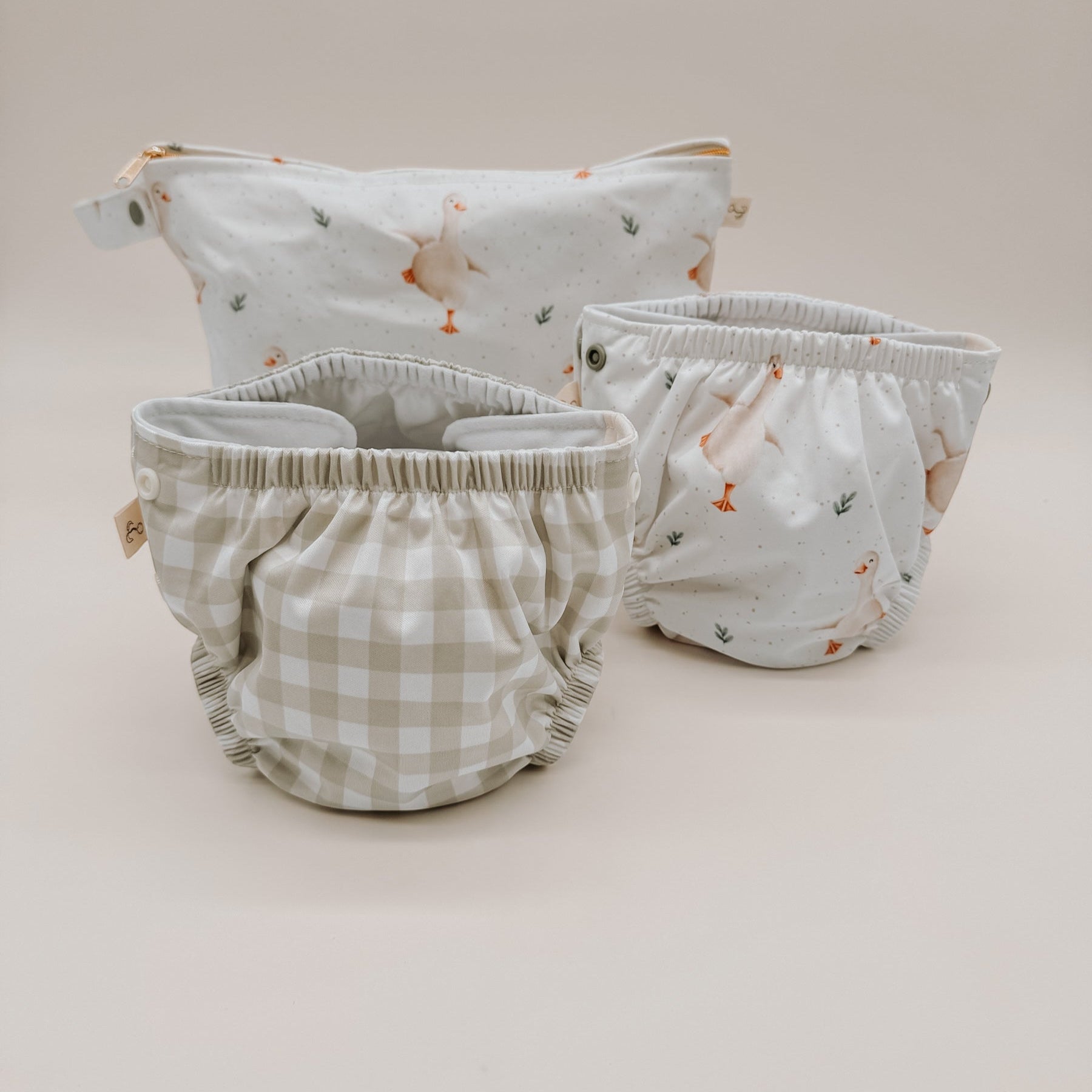
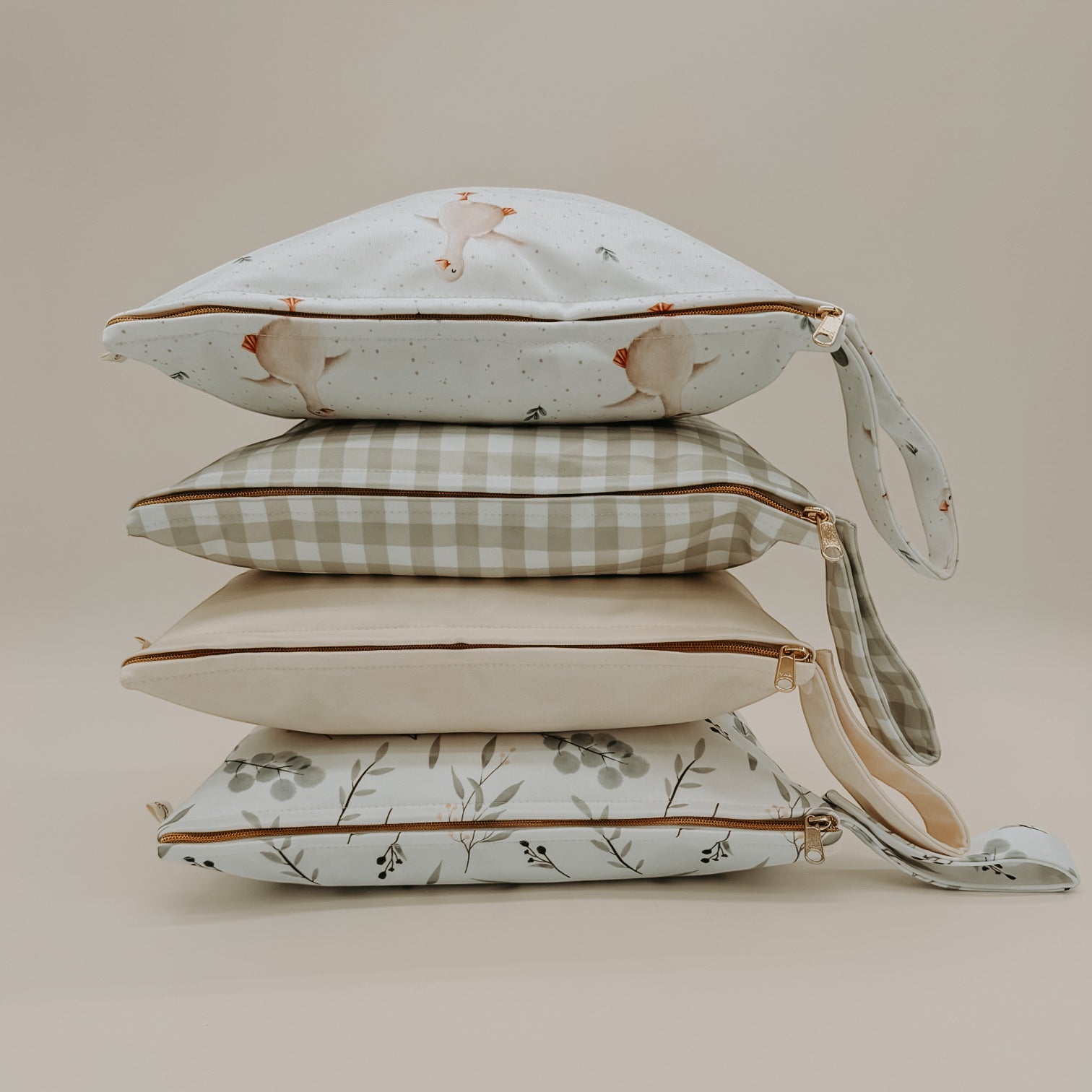
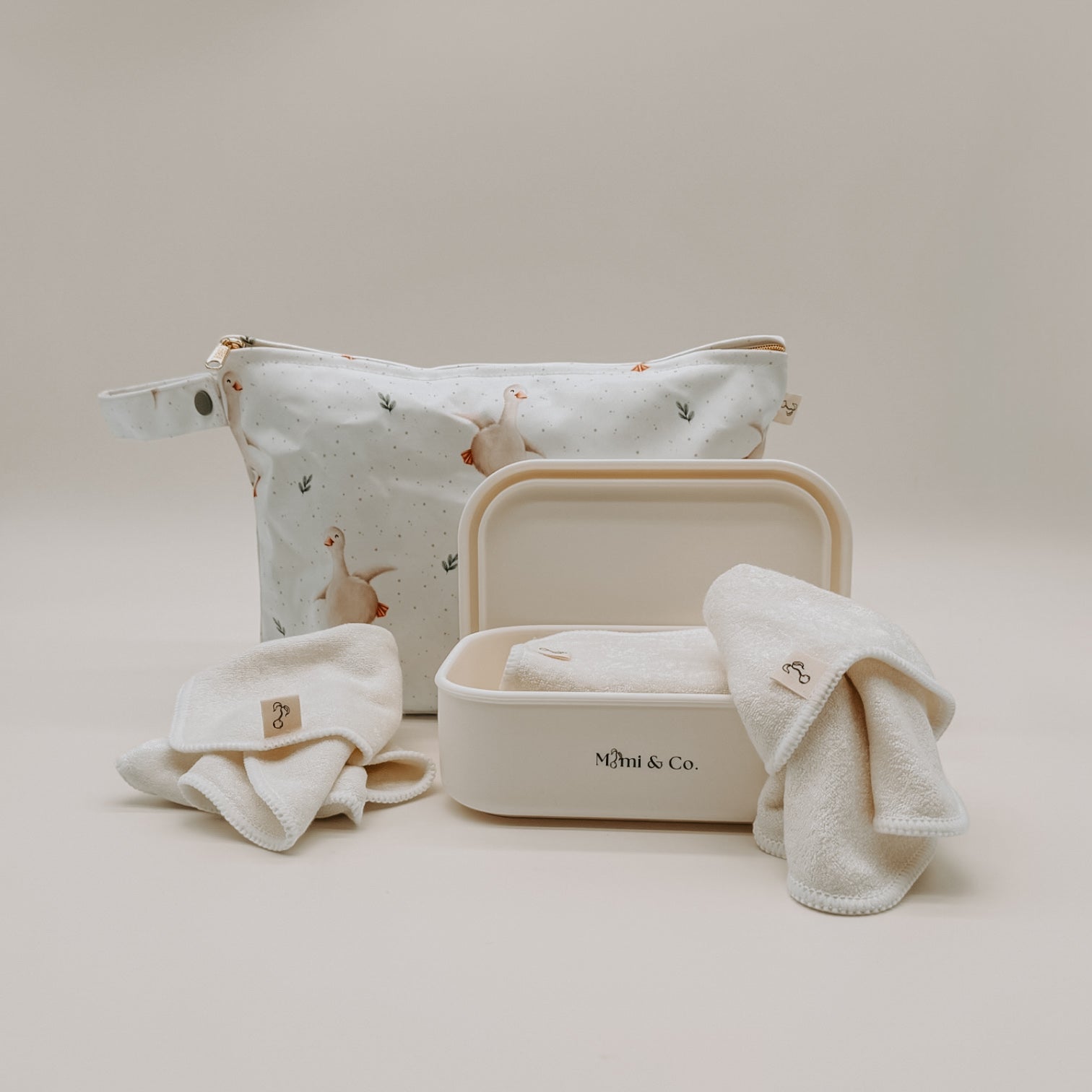
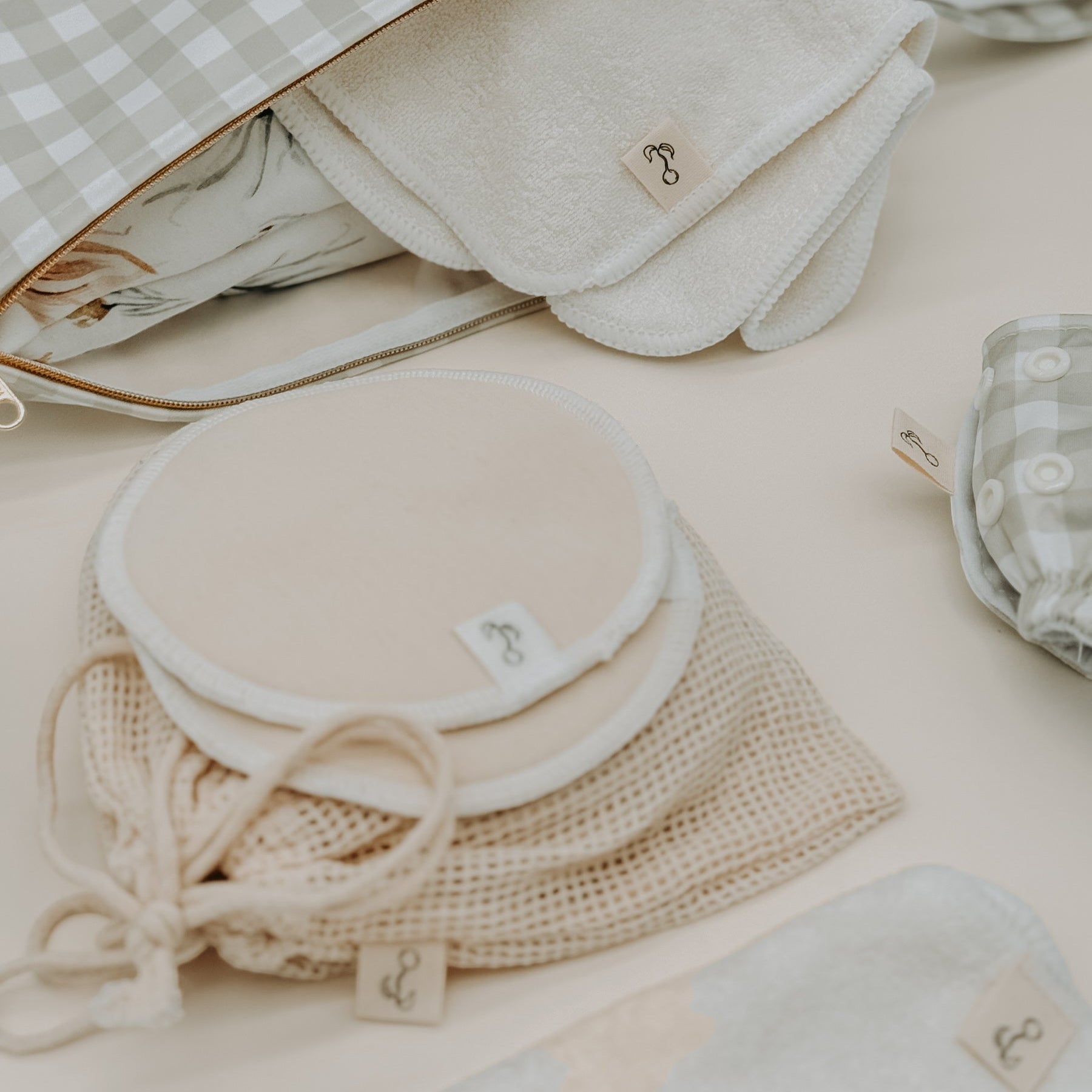
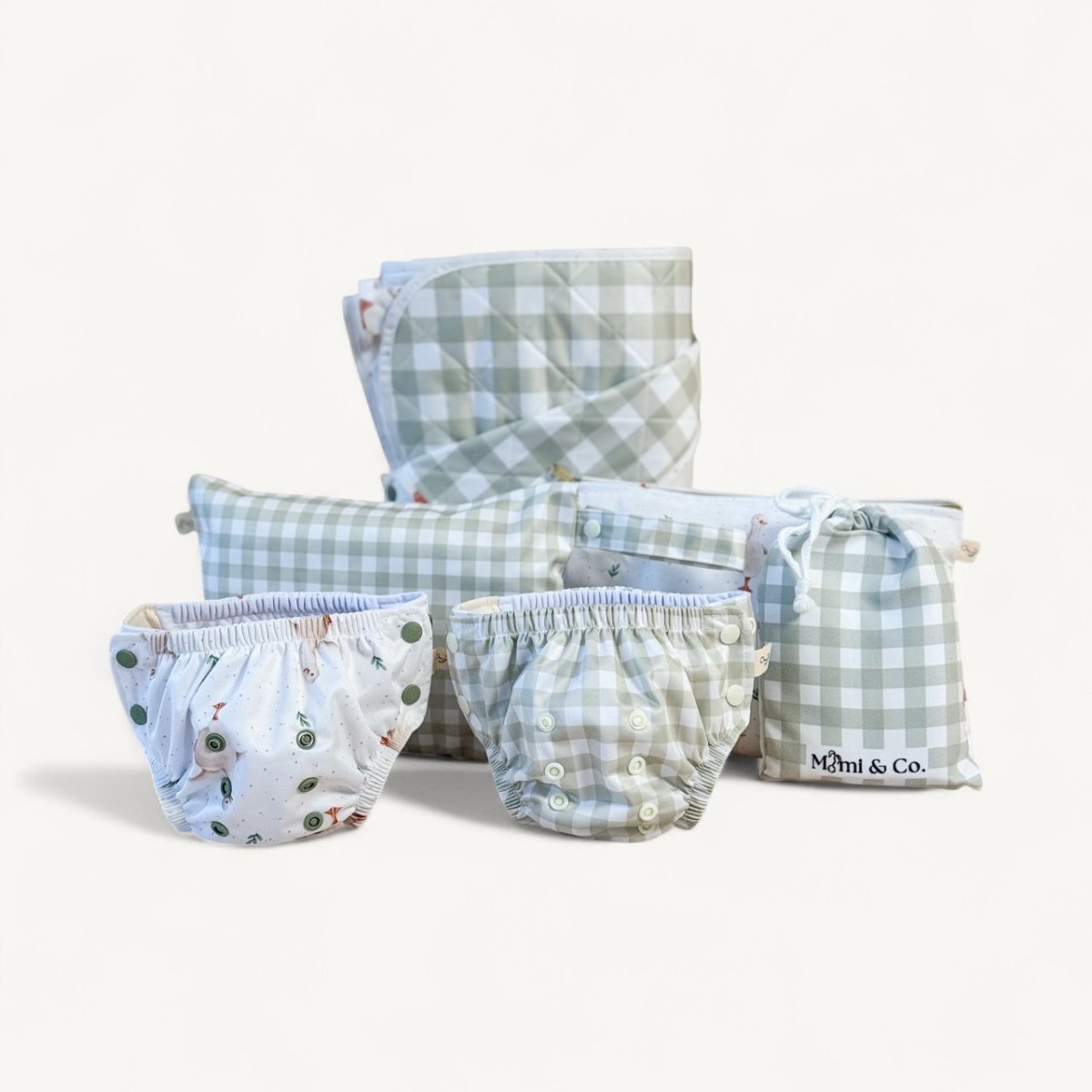
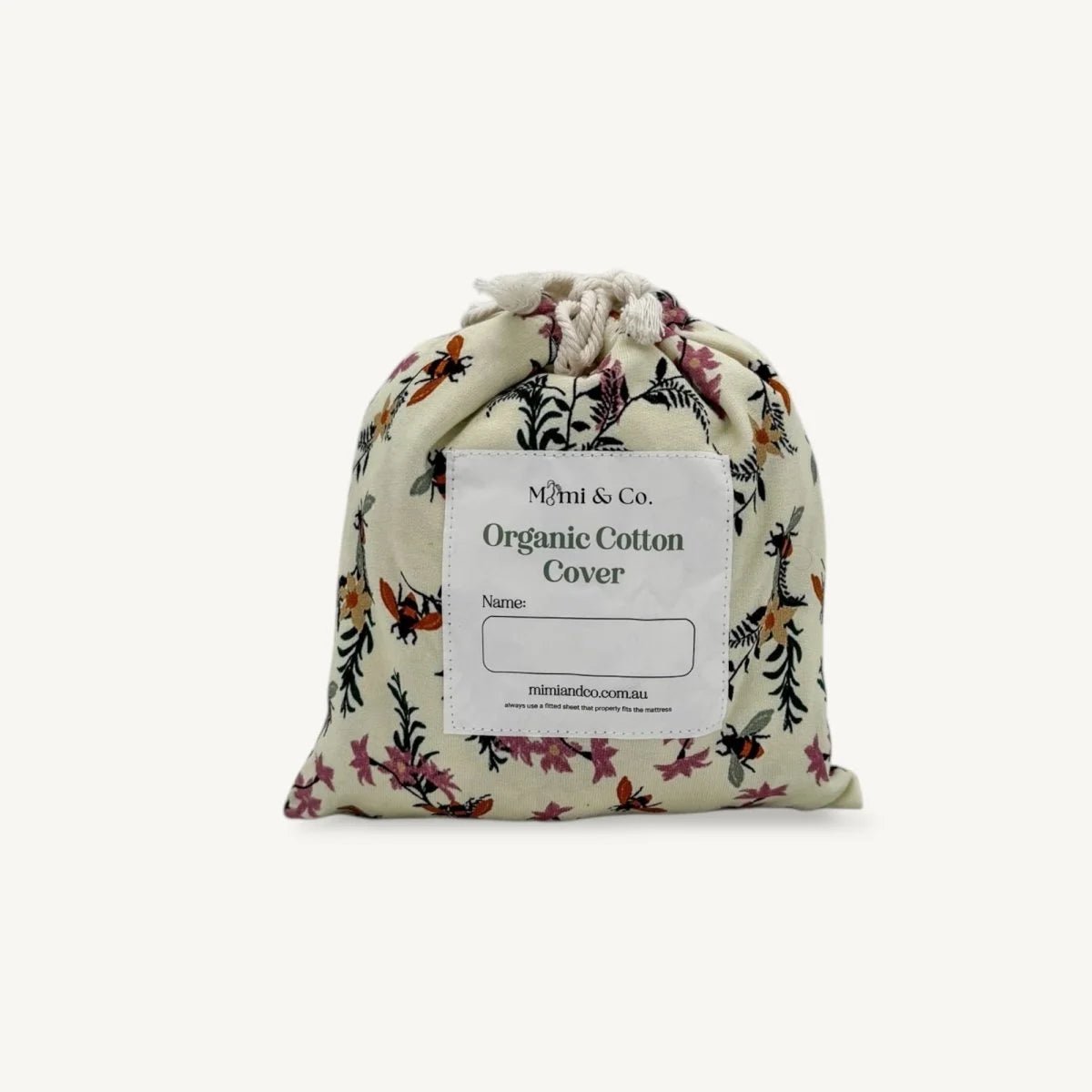
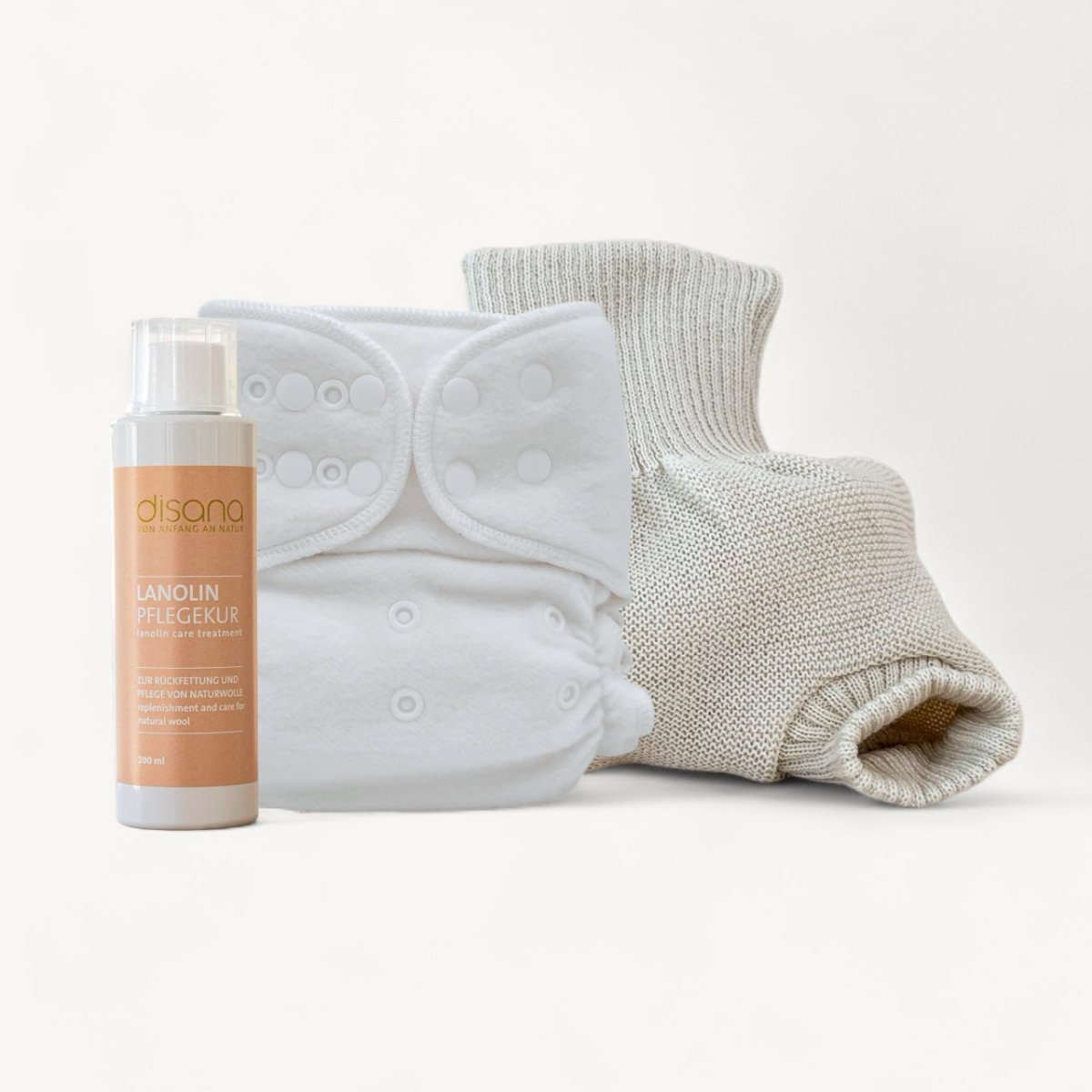
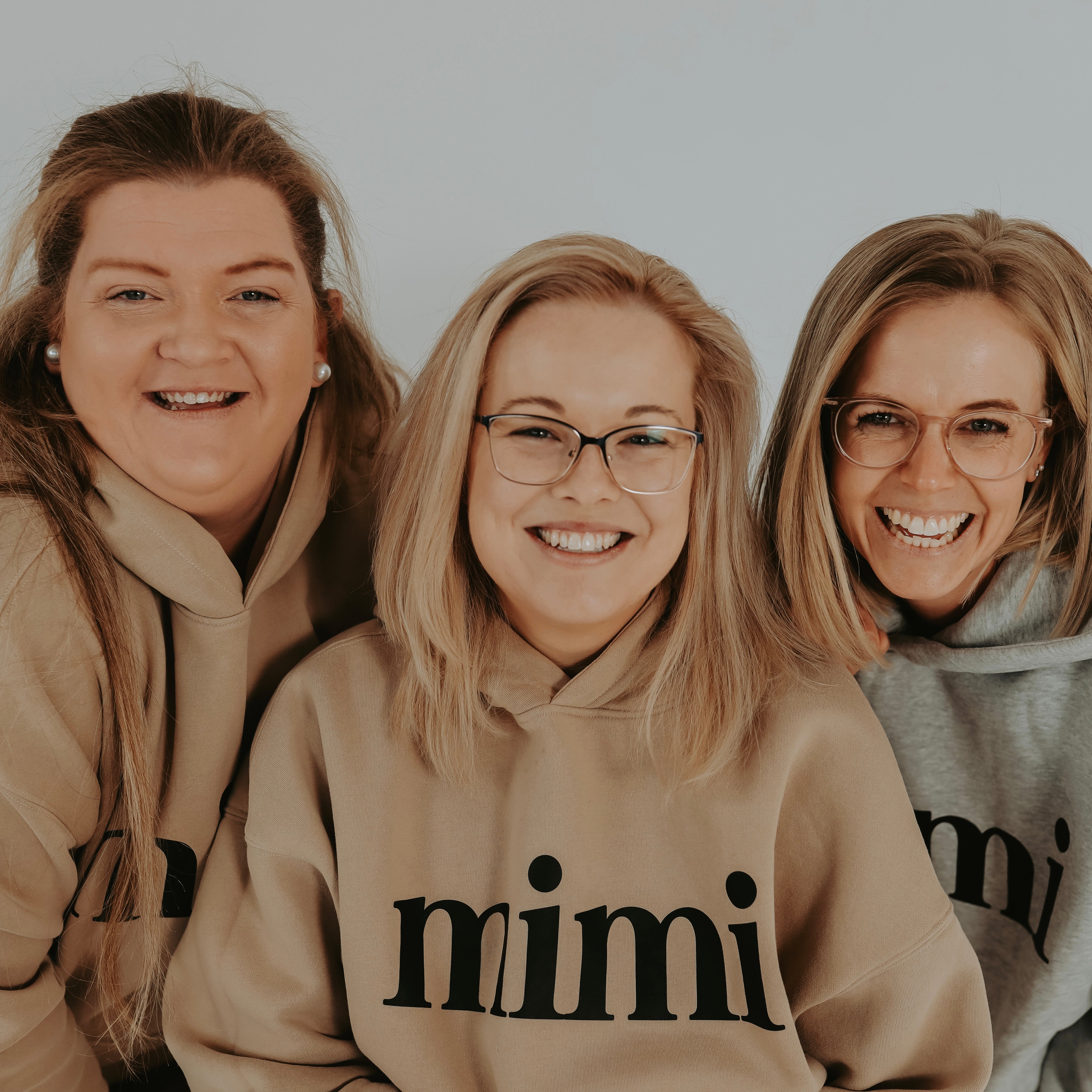

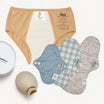
![Reusable Mimi® Menstrual Underwear [Shipping 31/9] - Mimi & Co](http://mimiandco.com.au/cdn/shop/files/reusable-mimi-menstrual-underwear-shipping-319-6508918.png?v=1759809525&width=104)
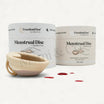
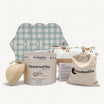

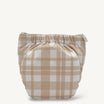
![One Size Fits Most Preflat [PreOrder] - Mimi & Co](http://mimiandco.com.au/cdn/shop/files/one-size-fits-most-preflat-preorder-761880.webp?v=1759809321&width=104)

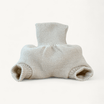

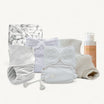
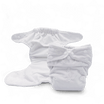

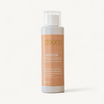
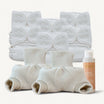
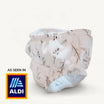
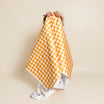
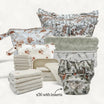
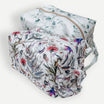

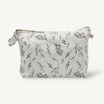

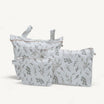
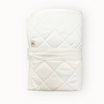
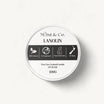
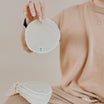
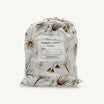
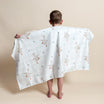
![Reusable Bamboo Wipes [5 Pack] - Mimi & Co](http://mimiandco.com.au/cdn/shop/files/reusable-bamboo-wipes-5-pack-580411.webp?v=1759809433&width=104)
![Organic Cotton Wipes [5 Pack] - Mimi & Co](http://mimiandco.com.au/cdn/shop/files/organic-cotton-wipes-5-pack-7079645.png?v=1759809401&width=104)
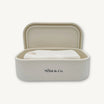
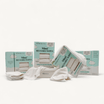

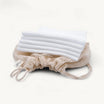

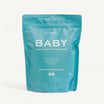

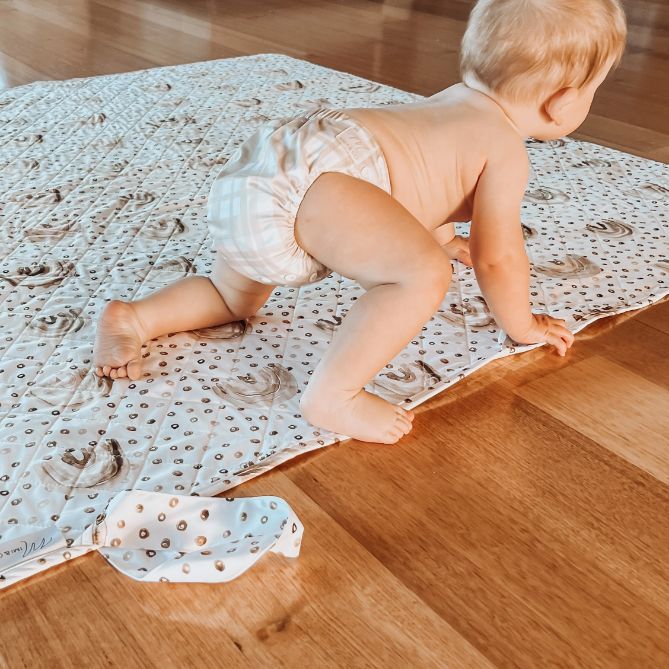
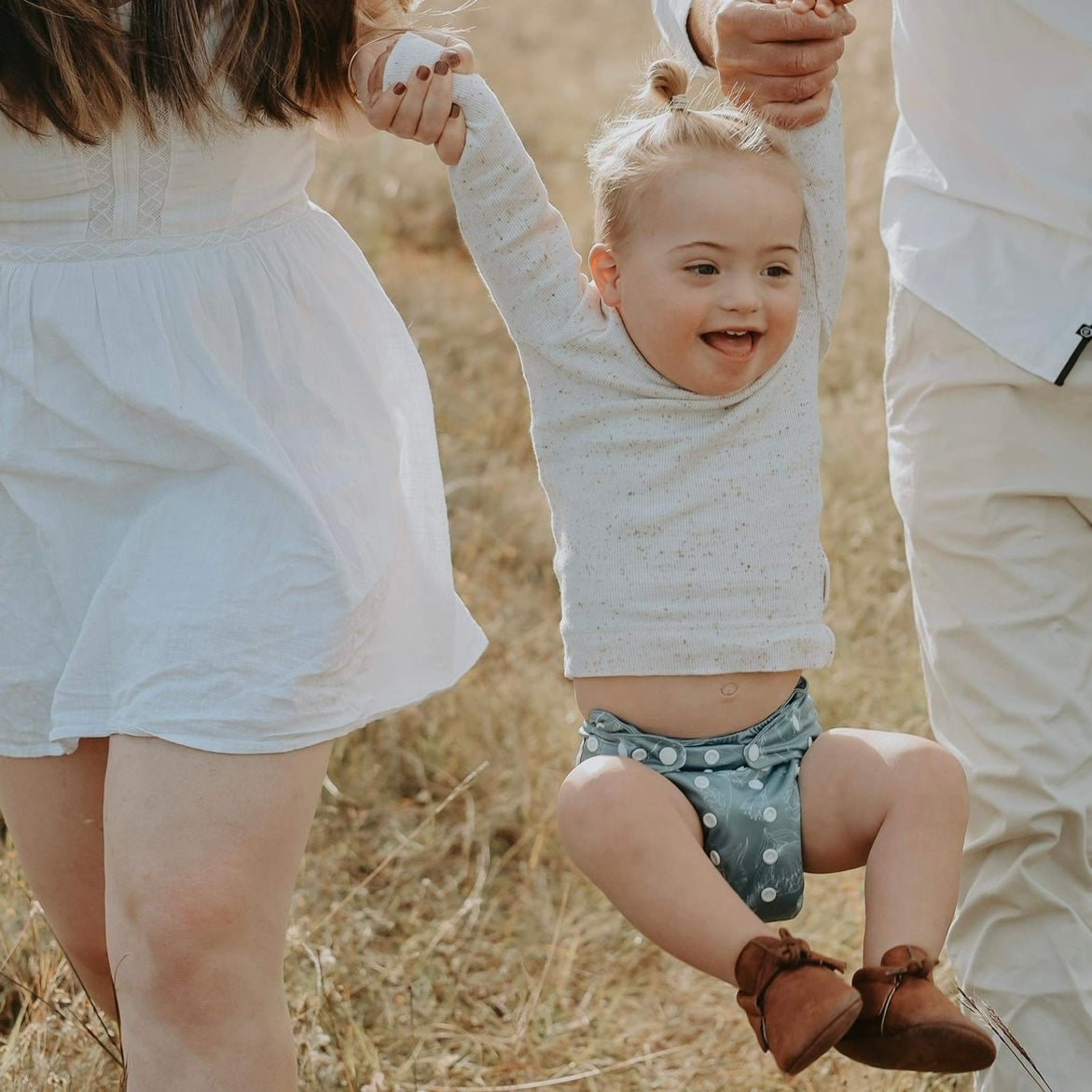













Leave a comment
All comments are moderated before being published.
This site is protected by hCaptcha and the hCaptcha Privacy Policy and Terms of Service apply.